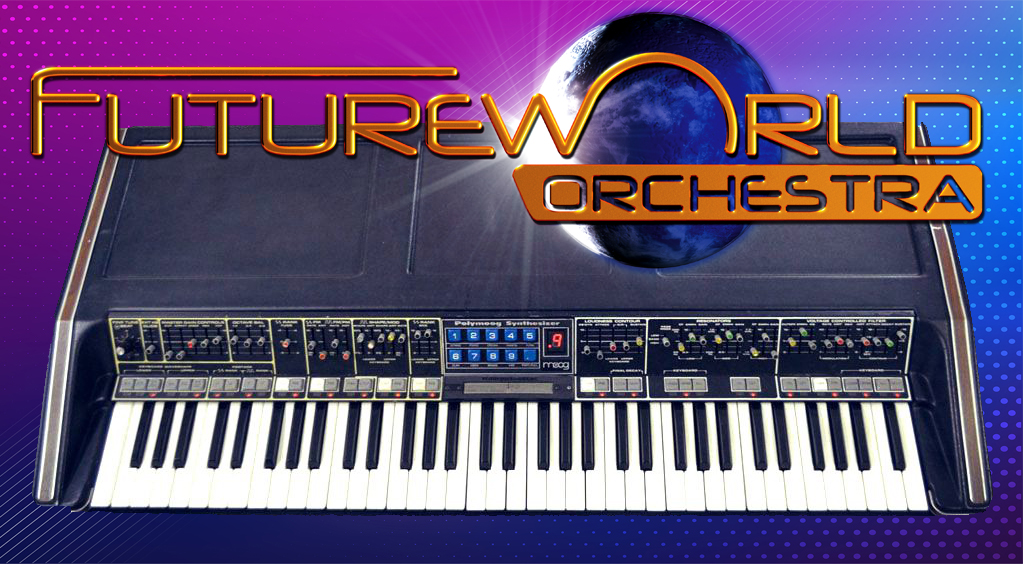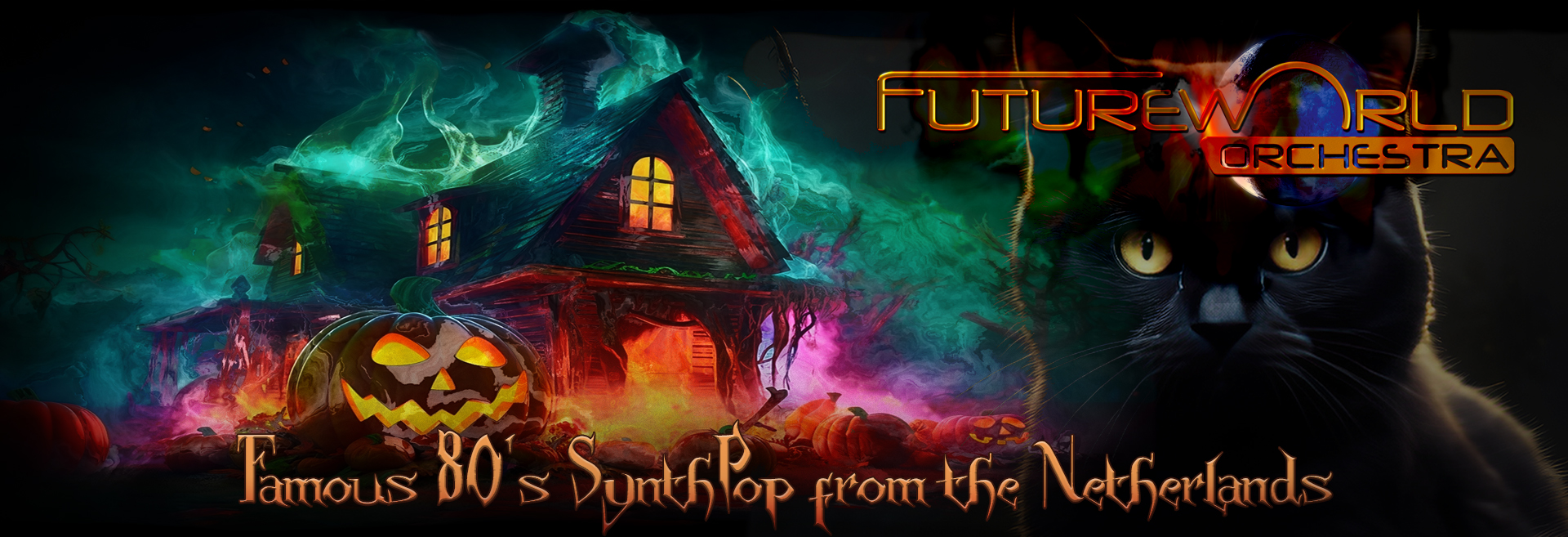
The Polymoog Synthesizer, one of the first polyphonic synthesizers produced by Moog Music, is legendary in electronic music, especially within genres like synth-pop and new wave, where artists craved its lush, layered tones. Released in 1975, it brought unique soundscaping capabilities to musicians, and its distinctive features influenced not only the music of the late ’70s and ’80s but also today’s electronic musicians who often seek its rich textures and vintage warmth. Futureworld Orchestra, known for their synth-heavy sound, capitalized on the Polymoog’s tonal diversity to create the unique auditory landscapes of their iconic compositions.
The Technical Edge of the Polymoog
The Polymoog’s architecture was groundbreaking for its time. Unlike the monophonic Minimoog, which allowed only one note to be played at a time, the Polymoog introduced polyphony, enabling up to 71-note polyphony with two oscillators per note in its later model, the Polymoog 280a. This made it ideal for creating lush, pad-like sounds that synth-pop bands of the ‘80s, including Futureworld Orchestra, used to define their soundscapes. The keyboard’s resonant filter sections and built-in preset banks offered warm, analog textures perfect for the melancholic, cosmic sounds associated with the era.
One of the Polymoog’s hallmark features is the Vox Humana preset. This preset produced an ethereal, choir-like sound that became a defining trait of synth-pop and was famously used by Gary Numan. Futureworld Orchestra utilized this feature to create immersive, atmospheric tones that helped distinguish their music within the synth-pop genre. The instrument also featured other presets, such as Strings, Organ, and Piano, which, while less flexible than fully programmable synthesizers, were incredibly rich in analog warmth, blending with the ambient and melodic motifs that Futureworld Orchestra favored.
Modulating Soundscapes with Moog Filters and Envelope Generators
The Polymoog had a unique take on sound modulation, with its two-part filter system that allowed musicians to adjust both low-pass and high-pass filters, giving them control over the texture and brightness of each sound. This filter structure was an asset for Futureworld Orchestra’s music, which often layered multiple synth lines, lending each layer its distinct space in the frequency spectrum. Additionally, the envelope generator allowed precise control over the attack, decay, sustain, and release (ADSR) parameters of each note, crucial for creating dynamically evolving sounds that resonated in their expansive synth-pop compositions.
Use of the Polymoog by Futureworld Orchestra
Futureworld Orchestra’s compositions frequently drew on the Polymoog’s lush pad sounds, which set a cosmic, ambient tone across many of their tracks. By blending the Polymoog with other analog synthesizers like the ARP Odyssey and the Korg MS-20, Futureworld Orchestra was able to build multi-layered harmonies and ambient backgrounds. In the early 1980s, when the band was experimenting with sound and expanding their musical horizons, the Polymoog’s presence was invaluable in developing their ethereal yet rhythmically engaging tracks, which appealed to fans of futuristic, synth-driven music.
The Polymoog’s role in Futureworld Orchestra’s music wasn’t just as an accompaniment or background instrument; it was instrumental in creating the core sounds that defined tracks on albums like Mission Completed and Turning Point. These albums feature ambient synth textures interwoven with driving melodies, a characteristic sound achieved partly through the depth and resonance of the Polymoog’s filters and its ability to sustain multiple notes in harmony.
The Polymoog’s Role in “Desire” by Futureworld Orchestra
In Desire, one of Futureworld Orchestra’s breakout hits, the Polymoog synthesizer plays a crucial role in setting the track’s atmospheric and emotive tone. From the outset, Desire showcases the rich, analog depth that the Polymoog offers, using to create a warm, almost vocal-like texture that became instantly recognizable. The synth’s lush sound complements the melody, filling in the spaces between rhythmic elements and building an expansive backdrop for the song’s signature synth leads and arpeggiated bass lines.
The Polymoog’s filter capabilities allowed Robert Pot to subtly adjust the track’s timbre, creating shifts in brightness and warmth that underscore the emotional highs and lows of the piece. Its full-range polyphony enabled the orchestra-style arrangements that Futureworld Orchestra was known for, layering harmonies in a way that added complexity and dimension to the track. In Desire, the Polymoog’s versatility and rich sound palette not only add to the song’s intensity but also exemplify how the synthesizer’s capabilities could be harnessed to shape the group’s unique synth-pop sound.
The result is a lush, immersive listening experience that demonstrates how vital the Polymoog was to Desire and, by extension, to Futureworld Orchestra’s signature sound.
Influence and Legacy
The Polymoog has remained influential in electronic music long after its release. For artists like Futureworld Orchestra, the synthesizer didn’t just provide a tool but became a central component in defining their artistic voice. Its unique capabilities helped shape the aesthetic of the 1980s synth-pop sound, and even today, many producers seek its tones for nostalgic synth tracks or use virtual instruments that emulate its signature Vox Humana preset.
Futureworld Orchestra’s use of the Polymoog encapsulates the transformative potential of synthesizers in shaping genre and era-specific music. The Polymoog remains a staple reference point for both modern musicians and fans of electronic and synth-pop, a testament to the power of its innovative design and timeless sound.
